
What is a CLO?

An investor’s guide to marketplace lending

Beyond Mars, AeroVironment’s earthly expansion fueled by U.S. Bank

Refinancing your practice loans: What to know

What type of loan is right for your business?

ABL mythbusters: The truth about asset-based lending

Can ABL options fuel your business — and keep it running?

When small companies buy big: The potential of asset-based lending

Collateral options for ABL: What’s eligible, what’s not?

Maximizing your infrastructure finance project with a full suite trustee and agent

How to maximise your infrastructure finance project

10 ways a global custodian can support your growth

Emerging A/R solutions use artificial intelligence to target efficiency

Colleges respond to student needs by offering digital payments

6 timely reasons to integrate your receivables

Benefits of billing foreign customers in their own currency

Drivers for changing accounts receivable in 2021

Improve government payments with electronic billing platforms

Webinar: Digitizing receivables to transform B2B rent payments

Hospitals face cybersecurity risks in surprising new ways

Webinar: Robotic process automation

Webinar: Empower your AP automation with strategic intelligence

Evaluating interest rate risk creating risk management strategy

Webinar: Digitize your AP processes to optimize results

Webinar: AP automation—solve payment challenges with an invoice-to-pay solution

Webinar: CRE technology trends

Webinar: CRE treasury leader roundtable

5 Ways to protect your government agency from payment fraud

Webinar: International payments

Government agency credit card programs and PCI compliance

Modernizing fare payment without leaving any riders behind

Access, flexibility and simplicity: How governments can modernize payments to help their citizens

Escheatment resources: Reporting deadlines for all 50 states

How electronic billing platforms improve government payments

How real-time inventory visibility can boost retail margins

White Castle optimizes payment transactions

Payment industry trends that are the future of POS

Higher education strategies for e-payment migration, fighting fraud

Tap-to-pay: Modernizing fare payments pays off for transit agencies and riders

ABCs of APIs: Drive treasury efficiency with real-time connectivity

Restaurant survey shows changing customer payment preferences

Three healthcare payment trends that will continue to matter in 2022

Want AP automation to pay both businesses and consumers?

Digital trends poised to reshape hotel payments

Managing the rising costs of payment acceptance with service fees

Webinar: CSM corporation re-thinks AP

Adjust collections to limit impact of USPS delivery changes

How to improve digital payments security for your health system

Increase working capital with Commercial Card Optimization

Luxury jeweler enhances the digital billing and payment customer experience

Enhancing the patient experience through people-centered payments

Unexpected cost savings may be hiding in your payment strategy

3 ways to adapt to the new payments landscape

Automate escheatment for accounts payable to save time and money

ePOS cash register training tips and tricks

3 benefits of integrated payments in healthcare

Cashless business pros and cons: Should you make the switch?

How COVID-19 is transforming healthcare payments

Automate accounts payable to optimize revenue and payments

A simple guide to set up your online ordering restaurant

Top 3 ways digital payments can transform the patient experience

Understanding and preparing for the new payment experience

What to know when investing in AP automation solutions

Webinar: AP automation for commercial real estate

Ways prepaid cards disburse government funds to the unbanked

How AR technology is helping advance payment processing at Avera Health

Top tips for card payments optimization

The benefits of payment digitization: Pushing for simplicity

COVID-19 safety recommendations: Are you ready to reopen?

Collect utility and telecom bill payments faster

Government billing survey: The digital transformation of the payment experience

Safeguarding the payment experience through contactless

Higher education and the cashless society: Latest trends

3 ways to make practical use of real-time payments

Buried treasure: Maximizing analytics for treasury management

4 benefits to paying foreign suppliers in their own currency

4 ways Request for Payments (RfP) changes consumer bill pay

Changes in credit reporting and what it means for homebuyers

What’s the difference between Fannie Mae and Freddie Mac?

Tech lifecycle refresh: A tale of two philosophies

Digital Onboarding helps finance firm’s clients build communities

Why retail merchandise returns will be a differentiator in 2022

4 benefits of independent loan agents

Middle-market direct lending: Obstacles and opportunities

At your service: outsourcing loan agency work

Tailor Ridge eBill case study

What corporate treasurers need to know about Virtual Account Management

Digital receivables to meet changing demand

ABCs of ARP: Answers to American Rescue Plan questions for counties

Webinar: Fraud prevention and mitigation for government agencies

Overcoming the 3 key challenges of a lump sum relocation program

Streamline operations with all-in-one small business financial support

Checklist: What you’ll need for your first retail pop-up shop

How mobile point of sale (mPOS) can benefit your side gig

Opening a business on a budget during COVID-19

How to fund your business without using 401(k) savings

The different types of startup financing

How to establish your business credit score

How to get started creating your business plan

Costs to consider when starting a business

How business owners are managing during the supply chain crisis

6 common financial mistakes made by dentists (and how to avoid them)

Rethinking common time management tips

Unexpected expenses: 5 small business costs to know and how to finance them

Business credit card 101

How to apply for a business credit card

Technology strategies to complement your business plan

Meet your business credit card support team

How Everyday Funding can improve cash flow

How a small business is moving forward during COVID-19

When to consider switching banks for your business

Prioritizing payroll during the COVID-19 pandemic

How jumbo loans can help home buyers and your builder business

5 tips to help you land a small business loan

8 Ways for small business owners to manage their cash flow

Break free from cash flow management constraints

How to make the most of your business loan

Leverage credit wisely to plug business cash flow gaps

How to accept credit cards online

5 tips for managing your business cash flow

Investing in capital expenditures: What to discuss with key partners

When your spouse has passed away: A three-month financial checklist

Student checklist: Preparing for college

Webinar: Uncover the cost: College diploma

How to save money in college: easy ways to spend less

Co-signing 101: Applying for a loan with co-borrower

How I did it: Paid off student loans

Practical money skills and financial tips for college students

The A to Z’s of college loan terms

Personal loans first-timer's guide: 7 questions to ask

3 awkward situations Zelle can help avoid

Common unexpected expenses and three ways to pay for them

Dear Money Mentor: How do I set and track financial goals?

30-day adulting challenge: Financial wellness tasks to complete in a month

How voice-activated devices work with banks

P2P payments make it easier to split the tab

Is a home equity loan for college the right choice for your student

Your financial aid guide: What are your options?

Parent checklist: Preparing for college

How to apply for federal student aid through the FAFSA

Be careful when taking out student loans

Everything you need to know about consolidating debts

What’s a subordination agreement, and why does it matter?

How to use debt to build wealth

Understanding the true cost of borrowing: What is amortization, and why does it matter?

Your quick guide to loans and obtaining credit

Dear Money Mentor: What is cash-out refinancing and is it right for you?

Overcoming high interest rates: Getting your homeownership goals back on track

Dear Money Mentor: How do I begin paying off credit card debt?

What are conforming loan limits and why are they increasing

How I did it: My house remodel

Money Moments: How to finance a home addition

What is a home equity line of credit (HELOC) and what can it be used for?
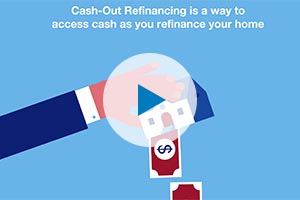
Webinar: Mortgage basics: What is refinancing, and is it right for you?

Should you get a home equity loan or a home equity line of credit?

These small home improvement projects offer big returns on investment
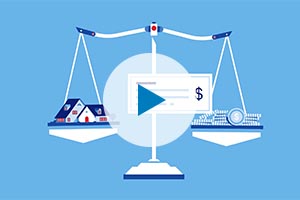
Webinar: Mortgage basics: How much house can you afford?

Webinar: Mortgage basics: Prequalification or pre-approval – What do I need?

Is it the right time to refinance your mortgage?

What is refinancing a mortgage?

What to know when buying a home with your significant other
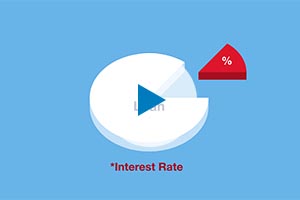
Webinar: Mortgage basics: What’s the difference between interest rate and annual percentage rate?
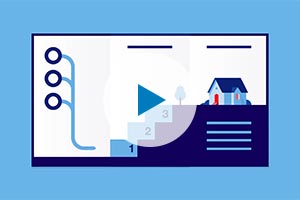
Webinar: Mortgage basics: 3 Key steps in the homebuying process

How do I prequalify for a mortgage?
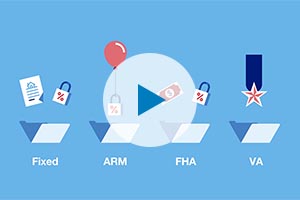
Webinar: Mortgage basics: Finding the right home loan for you

Webinar: Mortgage basics: Buying or renting – What’s right for you?
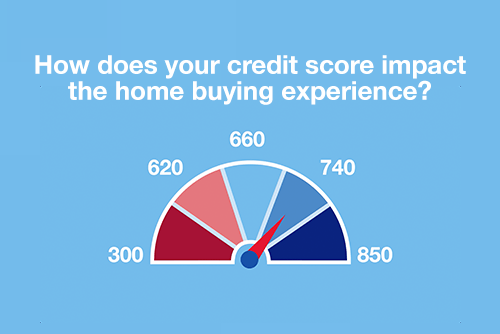
Webinar: Mortgage basics: How does your credit score impact the homebuying experience?

Is a home equity line of credit (HELOC) right for you?

Can you take advantage of the dead equity in your home?

How to use your home equity to finance home improvements

4 questions to ask before you buy an investment property

10 uses for a home equity loan

8 steps to take before you buy a home

6 questions to ask before buying a new home

Test your loan savvy

Myth vs. truth: What affects your credit score?

What you need to know before buying a new or used car

How to choose the best car loan for you

Questions to ask before buying a car

What you should know about buying a car


